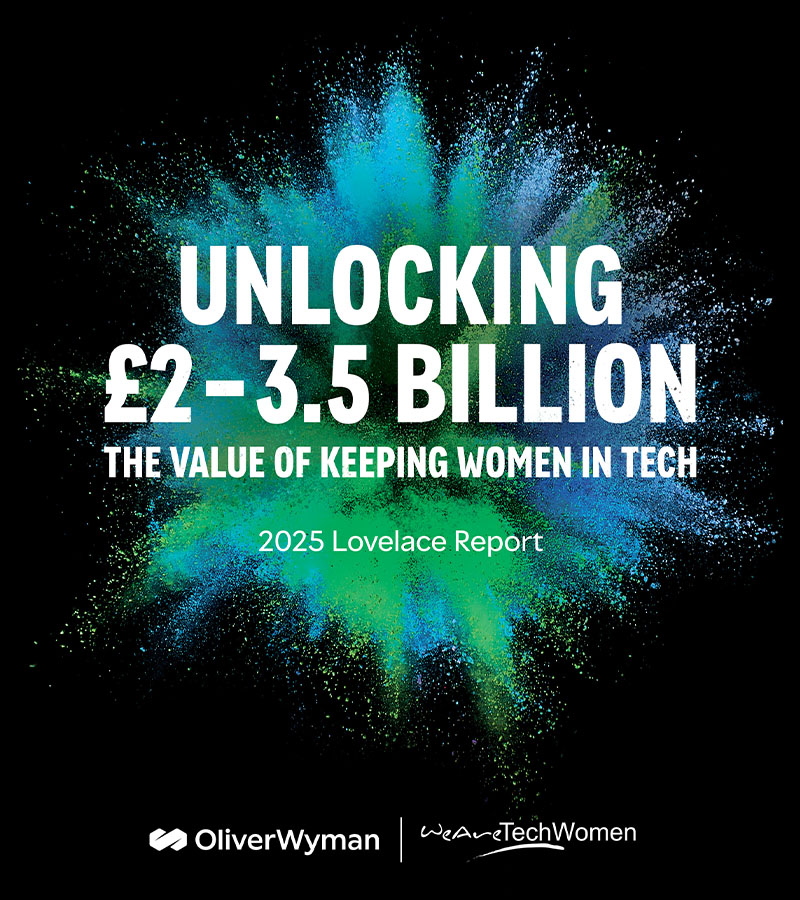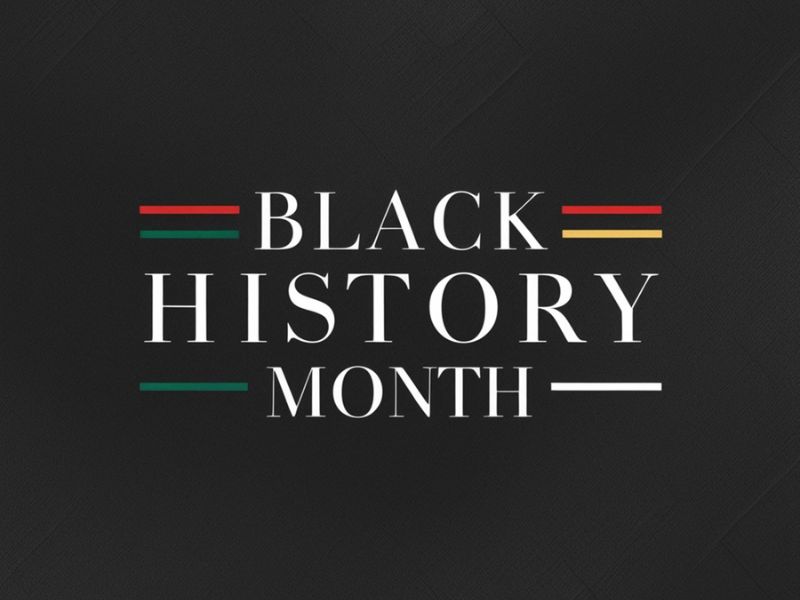
Belinda Parmar OBE is a leading Emotional Intelligence speaker, author, and CEO of The Empathy Business. An OBE recipient and Young Global Leader with the World Economic Forum, she specialises in helping organisations embed empathy at scale—driving performance through human-centred innovation.
She pioneered the first Global Empathy Index, published in the Harvard Business Review, and created the world’s first “Empathy Hub” within a major bank. Her unique approach blends behavioural science, operational insights, and AI-powered diagnostics to transform workplace culture.
In this exclusive conversation with The Motivational Speakers Agency, Belinda explores how empathy bridges emotion and strategy. She shares lessons on leading with heart, cultivating belonging, and why emotional intelligence is now core to business resilience and success.
Companies often talk about wellbeing, but why should business leaders see employee happiness as a direct investment in performance and growth?
Well, employees’ wellbeing ultimately — if employees are happy then it makes them more productive, more loyal, and good health of people is good health for the business. So we ran an index for the Harvard Business Review and what we found is that more empathic companies make more money.
It really doesn’t matter which way you cut the numbers — by growth, by productivity or earnings — more empathic companies make more money. And part of empathy is caring about your employees and starting to understand their mental wellbeing and having those difficult conversations.
‘Empathy’ is a term used widely in the workplace. How do you define it in practice, and why is it so different from sympathy?
So empathy is understanding your emotional impact as a company on your people — and that’s your staff but also customers. It’s very different from sympathy, and this is where companies get it wrong. They confuse empathy with sympathy.
Sympathy is what my niece calls a pity party. It’s you telling me something sad and me going, “Oh, that’s really sad.” But ultimately what sympathy does in an organisation is it feeds a parent-child culture.
What empathy is about is you giving me a situation that’s difficult, us working through it together, but ultimately you are responsible. It’s what I call empathy in action. And that’s what we do in companies.
We go into huge companies of about 70,000 employees and say, right, how do we embed empathy at scale? How do we change meetings, the culture of meetings?
How do we change the way you communicate, in terms of your press releases, but also the way you email each other? How do we change the way the business is running — the operations of the business? So those are the things we look at, and it’s very, very different to sympathy.
You’ve advised organisations with tens of thousands of staff. What practical steps do you take to embed empathy at scale and improve employee happiness?
The first thing we do with large organisations is we hold up the mirror to them. We identify what we determine as the empathy strengths and the empathy deficits. We’ve built a framework of what an empathic organisation looks like.
We have seven factors, and one of the key factors is the feeling of belonging. Belonging is at the heart of an empathic culture, and we measure belonging by very hard metrics. So things like the percentage of time senior people versus junior people speak in meetings. You don’t want your senior people talking all the time because you create a culture of deference, which is counter to a culture of innovation and empathy.
We measure the amount of time you spend on company politics, because you know that is about pursuing your own agenda, not the organisation’s agenda. So our first stage is very much to hold up the mirror using data, using analytics, and say where are the empathy strengths and deficits.
The second part is then we work with the companies to actually identify lots of small nudges — small things that are low cost but high impact. That could be anything from recognition to changing the whole performance structure, moving away from appraisals for example. Nobody wants to be appraised, but trying to move to a much more equitable, inclusive and empathic organisation.
Diversity and inclusion remain headline issues. From your experience, what impact do inclusive cultures have on innovation and business performance?
So diversity and inclusion is all about feeling valued. The three most important questions you can ask someone right now are: do you feel visible, do you feel cared for, and do you know what your purpose is?
This is all about feeling that you belong. At the heart of an inclusive organisation, an empathic company, is this feeling of being part of something and that your ideas matter. Because ultimately that’s what we all want. That’s why it’s so important — because if you feel valued, you’ll share your ideas.
One organisation I was working with, I found a sense of fear in the organisation — fear of saying the wrong thing, fear of speaking up in a meeting, fear of not impressing the most senior people in the room. And fear can cripple a company. In an inclusive company, people share their ideas. They might get it wrong, it might not go anywhere, but they feel valued and they feel that their ideas matter.
Targets and quotas can only go so far. What else should companies do to create truly inclusive workplace environments where people feel safe and valued?
Inclusivity is about feeling you matter. It’s about belonging. I think the first thing, the same as with empathy, it really is about measuring and holding up that mirror to your organisation.
Companies fall into the trap of thinking about quotas or targets. It’s very easy for huge companies to say, “We’re diverse, we’ve got X number of women, we’ve got X number of BAME.” They stick with the black and white, the kind of regard, but they don’t get into the nuance of diversity.
So what I would recommend is both. Yes, you need the targets. Yes, you need to have ambitious targets so women and ethnic minorities have a bigger voice in the boardroom. But we also need to look at the nuances of diversity, and that comes from having the ability to call something out in a meeting, to have those difficult conversations.
With a lot of companies we work with, we get them to start having those difficult conversations. Most people are really — and I’m going to be totally stereotypical — most Brits are terrible at having difficult conversations. We’re not good at it.
So it’s about giving people the tools. It’s about the senior leaders role-modelling having difficult conversations. And ultimately, it’s about making people feel psychologically safe, so you can say, “Actually, that felt like a microaggression,” or, “That made me feel my idea didn’t count.” Those difficult conversations are key to unlocking a diverse and inclusive organisation.
This exclusive interview with Belinda Parmar OBE was conducted by Sophia Hayes of The Motivational Speakers Agency.








